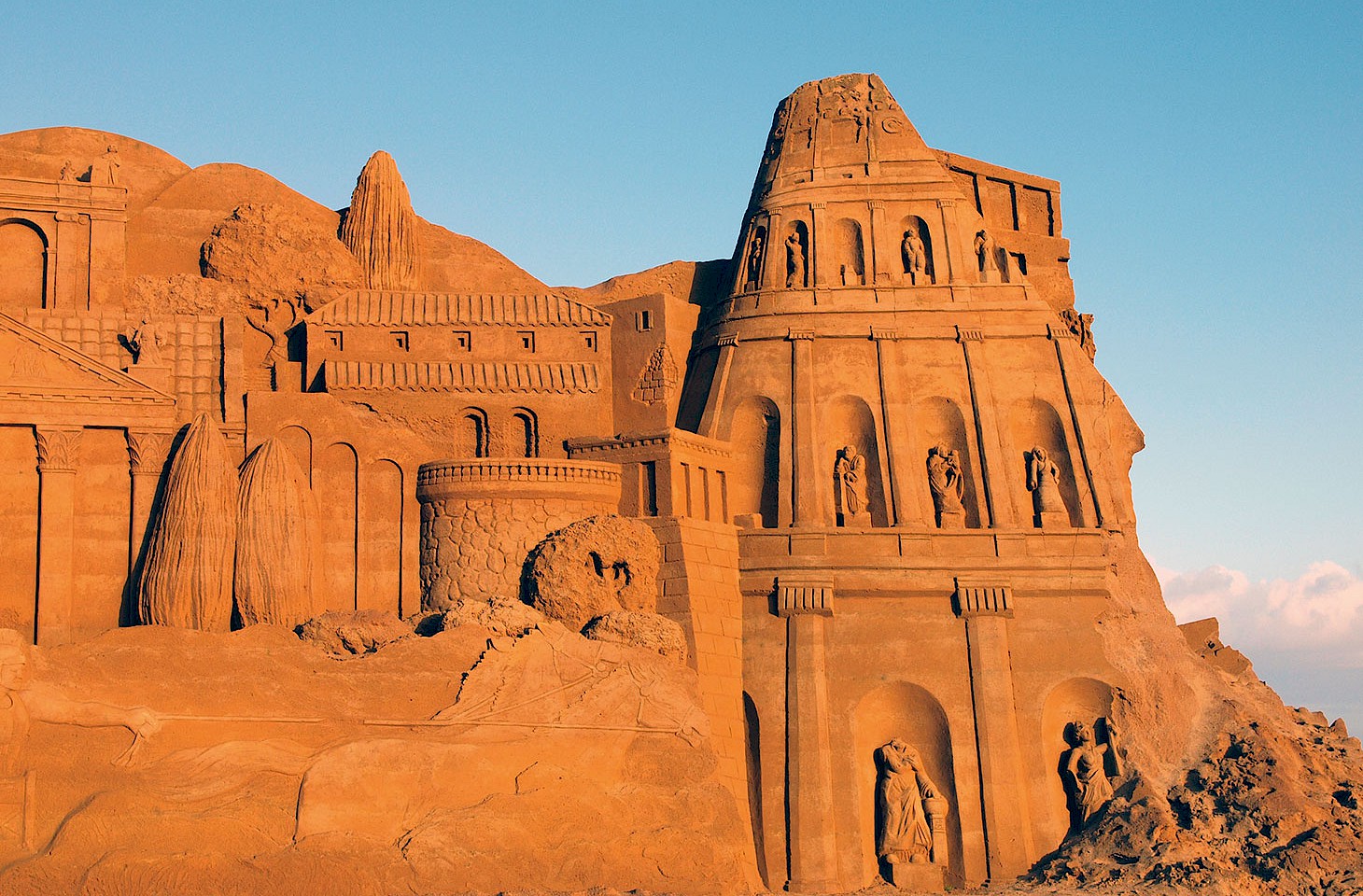Dear fellow travellers
Time seemed to be rolling back yesterday when armoured personnel carriers appeared on the elegant main square of Wroclaw in southwest Poland. Suddenly there were police cars everywhere, and sludge green army trucks blocked the exit from the northwest corner of the square down towards the university area. Poland has not, of course, returned to martial law, but this weekend Wroclaw recalls the heady days twenty five years ago when Solidarnosc (Solidarity) first flexed its muscle.
Solidarnosc may have lost its political edge, but the emotional ties of the movement that helped transform a nation run deep in the Polish people. So Wroclaw rocked all Friday night to the sound of music that marked the day, on 26 August 1980, when Wroclaw bus driver Tomasz Surowiec led tram and bus personnel in a strike that supported the Gdansk shipyard workers.
Up in Gdansk last evening, the shipyard cranes were floodlit against the Baltic sky and performed a slow ballet of eerie silhouettes to the sound of Jean Michel Jarre's electronic music. Huge screens relayed the performance to Wroclaw's square where local musicians added to the programme. One-time activists, now nearing retirement age, photographed their grandchildren posing in front of the old fashioned army vehicles, while the police stood amiably around and chatted with the crowd. It was a night to be Polish and proud of it, as one group of visiting tourists found when they tried to order Carlsberg beer and were gently chided for not choosing Lech or Zywiec.
mental maps
hidden europe has run across a number of cartographic curiosities recently, but few better than the Portuguese map in a Wroclaw bookshop window that transposed the names of Latvia and Lithuania. And it is said that some American newspapers famously mixed up Slovenia and Slovakia during one of President Bush's European travels. One of our favourites in this genre, however, was last year's sixty five cent stamp issued by the Irish post office, which was designed to celebrate the enlargement of the European Union with the accession of ten new member states. One of the ten, Cyprus, was probably a tad surprised to find that their island nation had changed its shape and its location; on the postage stamp it is off the south coast of Greece and looks decidedly like Crete!
Real maps in hidden europe 4
Some hidden europe readers have suggested we might do well to include more maps in our magazine, so in our new issue, due out on Thursday 1 September, we have greatly increased the number of maps. So there is now no excuse for readers who don't have a good mental map of Europe to understand exactly where we are when we report from the spa town of Jeseník in the Czech Republic, from the Scottish Hebridean island of Oronsay or from Uman' in central Ukraine - just three of the places showcased in hidden europe 4. Orders for single issues and new subscriptions received by Tuesday afternoon will be dispatched on publication day. A full table of contents for the new issue, as well as article excerpts, can already be viewed online.


